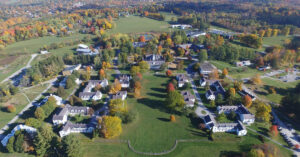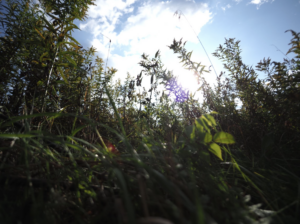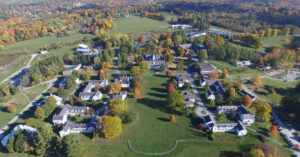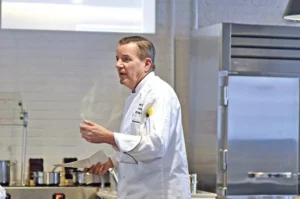On October 24th and 25th, 2020, small groups from the student body met in two open forum virtual town hall Zoom meetings, to discuss what community governance should look like at Bennington. The long-anticipated event was fueled by concerns that the the administration’s scope of power has expanded, and its transparency has dwindled while, due to a lack of an official student government, groups like the Student Educational Policies Committee (SEPC), the Student Union and the Black Student Union (BSU), and the International Student Task Force (ISTF) have become unofficial proxies for handling issues of student governance. Approximately 40 people joined Saturday’s meeting, and about 20 joined Sunday’s. Attendees consisted of members from all of these groups, as well as other students who came to share their perspectives and offer suggestions.
The meeting began with opening statements about the history of student governance at the College and the relevance of the increasing diversification of the student body to the issues at hand. The rest of the meeting consisted of a combination of public comments and small-group discussions.
Several larger points of importance were agreed upon by most vocal attendees. Many were concerned that the administration is speaking for and making decisions on behalf of students—a model of governance strikingly different from older prototypes.
“We need to invest in the power of ourselves again,” said Jonathan Lee ‘23. Others drew attention to the ambiguity surrounding decision-making processes at the administrative level. Kira Sage ‘23 noted that she felt her peers at other colleges were far more well-informed about initial response protocols at the onset of the COVID-19 pandemic than Bennington students were.
The homogeneity of the administration, as well as the faculty and staff, was also discussed. “There is a deafening absence of Black people in the administration,” added sophomore Tinashe Chiura, co-Makeda of Bennington’s Black Student Union.
Another prominent issue brought forth was the need for better methods of student mobilization. Some solutions were proposed, such as creating a tradition of public meetings to encourage involvement in democratic processes, and emphasizing the primary role of student government as being a communication hub for all students. Attendees emphasized the importance of this aspect, stating the need for a stronger channel of communication going directly from the student population to the administration, as well as avenues for enacting change that rely exclusively on the power of student voices. Others addressed issues of representation, underscoring that giving space for all identities and groups on campus to be adequately heard, and creating a student government that comprises members of that same wide array of groups, is a priority, and needs to be more than merely symbolic.
When the subject turned to organizational structure, traditional ideas of hierarchy were challenged. Students expressed a desire to destructure preconceived ideas of what a governing body looks like, prioritizing inclusivity over concentrated power, and acting in favor of the ideas and values of the majority, rather than the motivations of a few people holding positions in the government. “Something that we talked about in the meetings was maybe not using the name ‘student government,’” mentions Florence Gill ‘22, junior and President of the Student Educational Policy Committee. “Our education is so individualized here that it can be really difficult to recognize themes—whether it’s in student life or whether it’s in academics—that are beyond you,” she notes. . “It can be very isolating to have to do these things alone, and I think that having a structure in place where students can collaborate and talk about issues that are affecting more than one person is really important.”
The meetings closed with a question to all attendees: what is your ideal Bennington? “Where I can be a student first,” “where there are the appropriate structures to deal with harm caused,” and “an abundance of connection and resources” were among some of the answers. A group of the attendees added their names to a list of people interested in helping shape bylaws and, according to the meeting facilitators, plans to begin writing them will soon be underway.





Be First to Comment